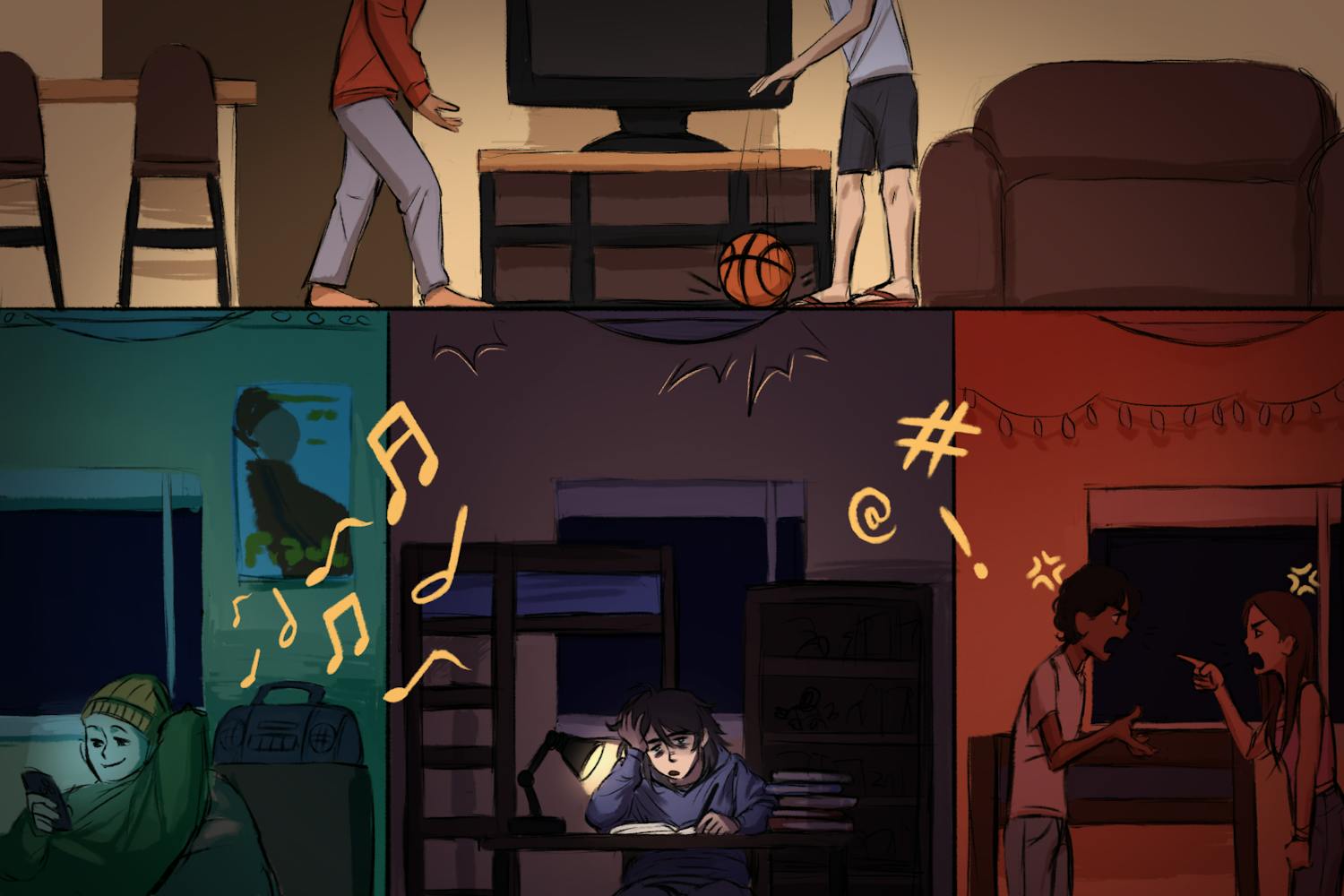In China, they manufacture brainpower like everything else: with lots of structure and carefully applied pressure.
Every year, millions of Chinese students participate in the “gaokao,” a day full of standardized tests which determine who will continue their educational pursuits to college. For all young people in China, this day is the crossroads of their entire lives — something they have been preparing for since the day they were born.
But according to a recent ABC News report, experts on China’s education system is finding that China has an innovation problem: it turns out that gaokao high-scorers rarely end up playing a significant economic or social role in China’s top drawer.
This should be a clue to Americans that standardization and standardized tests are neither the problem nor the solution. Our current education system, a balance of standardization and creative flexibility, still pumps out business super stars like Bill Gates and Mark Zuckerberg.
To China, the “American University” is still the ideal. A new study by the Institute of International Education found that almost 128,000 Chinese students studied in the United States last year.
Still it is undeniable that the consistent quality of American education has fallen to an uncomfortable level. Internationally, the U.S. spends more money per student than any other country, yet its standardized test scores rank among the lowest of all industrialized nations. And nationally, across the field, publicly educated students have trouble keeping up with their privately educated counterparts.
American education has polarizing effects — either succeeding or failing in magnificent fashion.
The solution is not to follow in China’s footsteps, putting a higher emphasis on standardization, but to capitalize on a flexible education system that has already been a proven success. The answer is to make the correct formula of education more consistently followed.
So what is the key missing element in the American education system?
Teachers. Teachers. Teachers.
A 2006 study by the Goldwater Institute found that teachers make up 72 percent of on-site staff in Arizona’s independent education sector but less than half of on-site staff in the public sector. If the public sector wanted to catch up with the private sector’s emphasis on teachers over non-teaching staff, Arizona public schools would have to hire almost 25,000 more teachers and fire 21,210 non-teaching employees.
The issue is not standardization or funding in education, the issue is who we are funding and how qualified they are to educate the nation’s children. Our focus should be in creating an environment conducive to allowing the creative and innovative minds of tomorrow the support and freedom they need to thrive.
Send innovational education ideas to djoconn1@asu.edu



